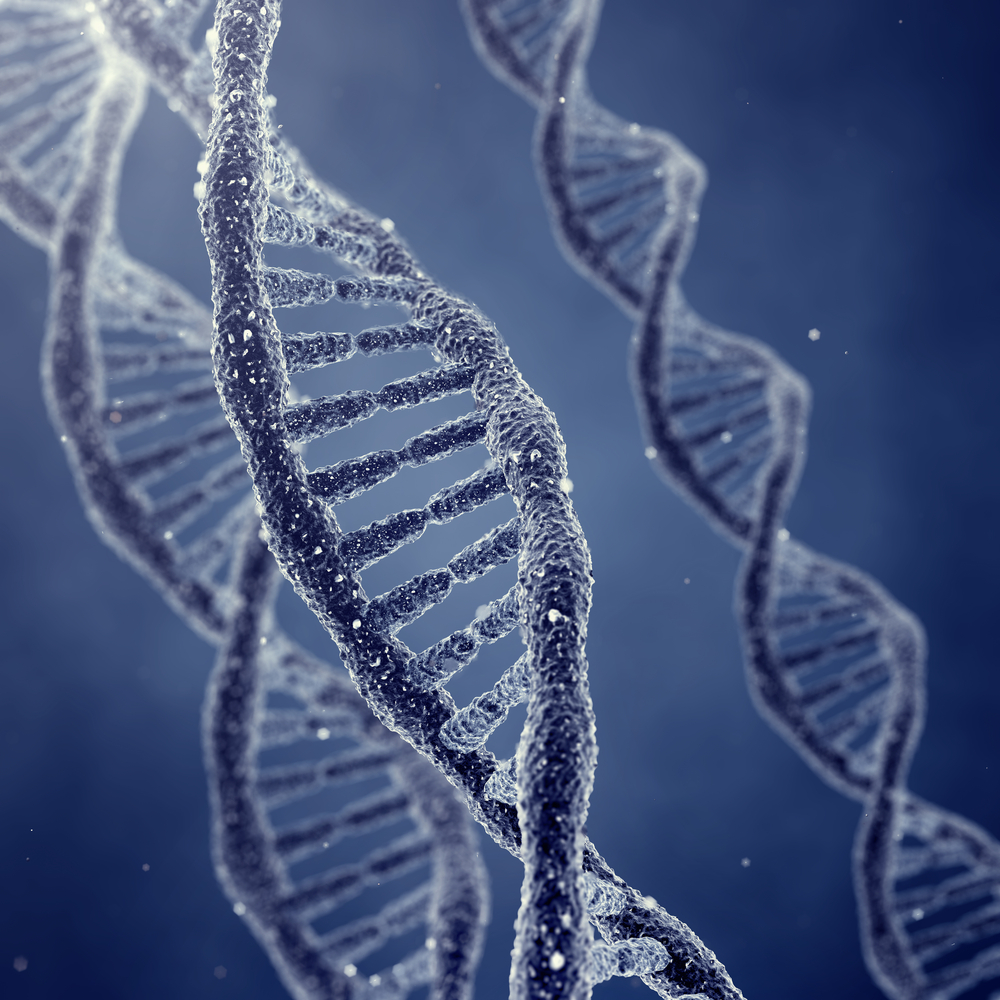 Researchers from The Institute of Cancer Research, London and UCL (University College London) revealed a previously unknown function for an old cancer gene, the retinoblastoma gene: “gluing” broken strands of DNA.
Researchers from The Institute of Cancer Research, London and UCL (University College London) revealed a previously unknown function for an old cancer gene, the retinoblastoma gene: “gluing” broken strands of DNA.
The new study entitled “Direct Involvement of Retinoblastoma Family Proteins in DNA Repair by Non-homologous End-Joining” was published in Cell Reports.
The retinoblastoma gene (RB1), whose main function is to control cell division, is mutated in several relevant types of cancers such as lung and breast and was first discovered in the 80s as a result of studies in eye cancer retinoblastoma (50% of cases are due to inherited mutations in this gene).
The team has now found that mutations in the retinoblastoma gene inhibit an efficient repair of broken DNA strands, promoting chromosome abnormalities and leading to the development of cancers that may progress into more aggressive forms, including lung cancer.
Researchers removed the RB1 gene from human and mouse tumor cells cultured in the laboratory and analyzed DNA repair. They found considerably higher number of double-stranded DNA breaks and chromosome abnormalities in cells without RB1 when compared to cells who carry the gene. The researchers also showed that the RB1 protein was bound to two other proteins, X-ray repair cross complementing (XRCC) group 5 (XRCC5) and XRCC6, forming a cluster of molecules that repaired broken strands of DNA.
Dr. Paul Huang explained in a news release that these results may have a positive impact for cancer patients, as several current drugs take advantage of fragilities in DNA repair and RB1 mutations render DNA from tumor cells to become faulty.
Dr. Kat Arney, science communications manager at Cancer Research UK, said that impairment of DNA repair pathways is the Achilles heel of tumors, and the development of drugs targeting DNA repair components such as RB1 could be a potential therapy for individuals with different types of tumors.
“Researching the nuts and bolts of cancer biology is crucial if we are to bring a brighter future for people diagnosed with the disease, and we are delighted to have helped fund this important study,” concluded Dr. Helen Rippon, Director of Research at Worldwide Cancer Research.


